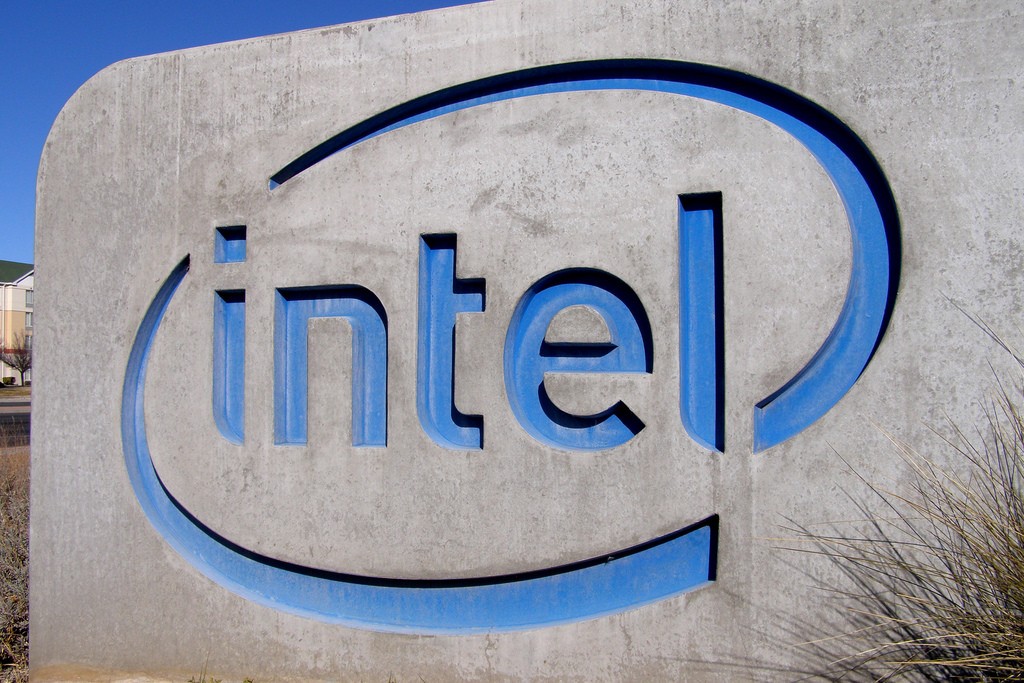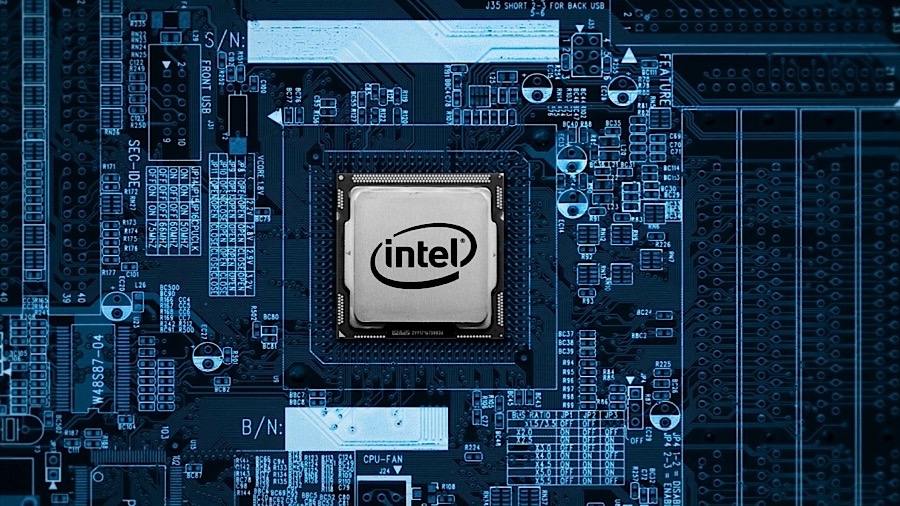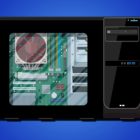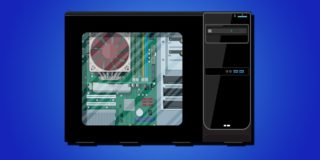What are SSE instruction sets and what do they do?

We hear quite a bit about instruction sets, with the x86 instruction set being one of the most common ones out there; however, there are a lot more instruction sets than just x86. In fact, there are a lot of manufacturer-specific instruction sets, such as Intel’s SSE3 instruction set. We’re going to be looking at SSE3 specifically in this overview, so follow along below to find out all about it.
What is an instruction set?
To understand SSE3, it’s important to understand what an instruction set is and what it does. An instruction set, which is often referred to as Instruction Set Architecture (ISA), is essentially machine language — a computer programming language that the computer can respond to directly (e.g. binary or hexadecimal instruction). That said, an instruction set basically provides instructions or commands for the processor. These commands basically tell the processor to switch to specific transistors. The instructions can be as simple as read, write, and move commands, but it gets a lot more technical than that, as it’s a core part of computer architecture, helping handle data types, memory architecture, registers, exception handling, external I/O and so much more.
What does the SSE3 instruction set do?
So, specifically, what does SSE3 do? SSE3 stands for Streaming SIMD Extensions 3, with the “3” indicating that it’s the third generation or iteration of the Steaming SIMD Extensions (SSE) instruction set.
On older processors, only a single data element could be processed per instruction. But, with the introduction of SSE, this instruction set allows the instructions to handle and manage multiple data elements, ultimately making processing a whole lot faster in certain applications. Primarily, SSE really kicks in when it comes to more intensive applications, especially where 3D graphics are needed. A good example would be in video games, video editing programs, 3D modeling software and plenty of other applications.
The third generation — SSE3 — brings one major change: the ability to work horizontally in a processor register. In the past, we were only capable of vertical operations. With the introduction of this capability, we can process through Digital Signal Processing (DSP) and 3D operations at a much faster pace.
SSE3 brings another neat change — a new instruction to convert floating point numbers to integers without having to mess with the global rounding mode. By making this process more efficient with SSE3, the instruction pipeline is a lot less clogged, and thus, avoids a pipeline stall, which is a delay in handling instructions in order to avoid a hazard.
What about SSE4?
SSE4 is the fourth iteration of Streaming SIMD Extensions instruction set. This instruction set contains 54 instructions, although a subset — called SSE4.1 — is available that contains 47 instructions, but you’ll only find this subset in Penryn. A similar subset — SSE4.2 — with the remaining 7 instructions is found in the Nehalem-based Core i7 processor.
As we already know, SSE3 (and previous versions) are special instructions for “multimedia” based applications. You can look at SSE4 as a new and improved version of that, essentially even further optimized programming that allows tasks to be performed much faster.
Closing
By following this article, we hoped we helped you understand some of the more technical aspects of the SSE3 and SSE4 instruction sets. Got questions? Be sure to join us in the comments section below or over in the PCMech Forums!


















